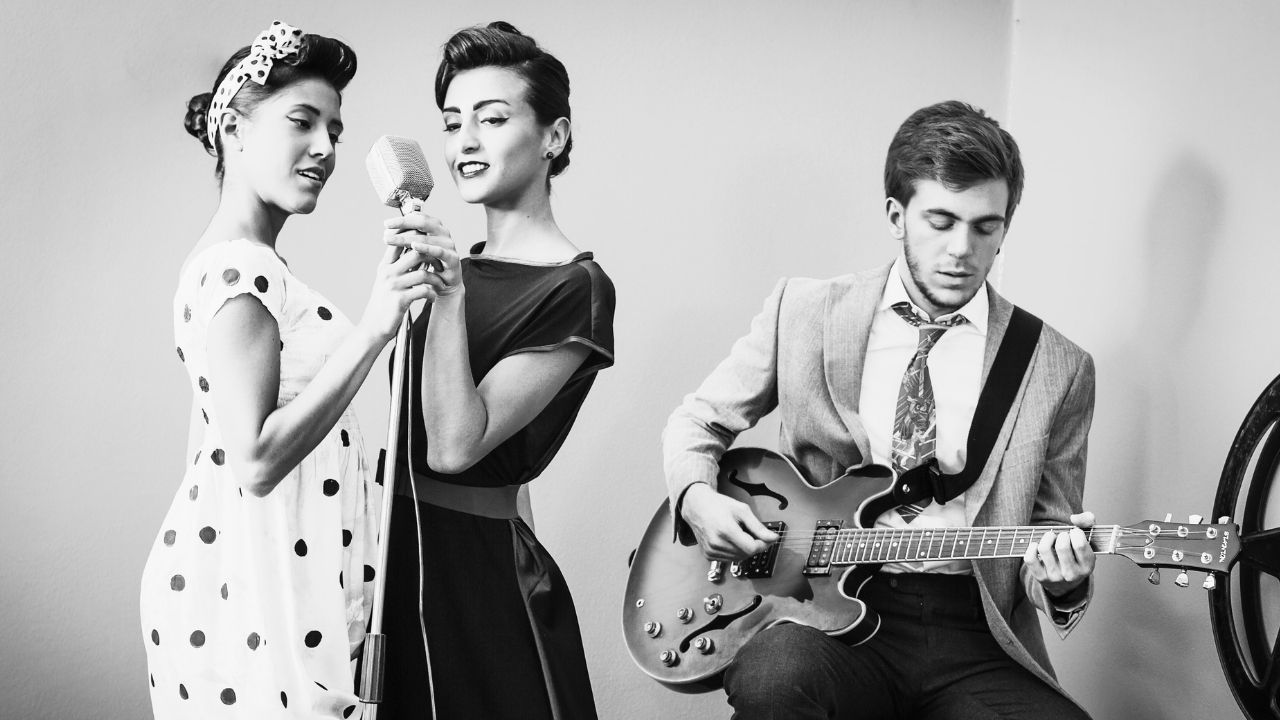During the vibrant musical landscape of the late 1950s and early 1960s, cities across the United States reverberated with the harmonious melodies of Doo-Wop songs that breathed new life into classic tunes. This era witnessed the rise and fall of numerous musical ensembles, as some faded into obscurity while others catapulted into the limelight, achieving widespread fame.
Among these rising stars was Francesco Stephen Castelluccio, a young man who would come to be regarded as one of the “golden boys” of his time. Born on May 3, 1934, in Newark, New Jersey, to a middle-class Italian family, Francesco’s humble beginnings painted a vivid contrast to his eventual musical triumphs. Raised in the Stephen Crane Village, a public housing project in Newark, Francesco’s exposure to the gritty streets of his neighborhood forged a resilience that would later define his career.
Francesco’s father, Anthony Castelluccio, a skilled barber, and his Italian-born mother, Mary Rinaldi, who worked for a local beer company, instilled in him a deep appreciation for music from an early age. Mary’s nurturing of Francesco’s musical interests, encompassing jazz, doo-wop, and soul, became the foundation for his future musical endeavors. While details of his early childhood and education remain elusive, one pivotal moment stood out—his attendance at a Frank Sinatra concert at the tender age of 7, an experience that ignited his passion for music and kindled his aspiration to become a musician himself.
Francesco’s musical horizons expanded beyond Sinatra, encompassing a wide array of influences that ranged from the 4 Freshmen, the Hi-Los, and Modernaires to jazz luminaries like Stan Kenton, Dizzy Gillespie, and Charlie Parker. His vocal inspirations were equally eclectic, drawing from the likes of Sarah Vaughn, Little Jimmy Scott, Nellie Lutcher, and more. Allegedly, his distinctive high falsetto voice bore the imprint of artists such as Rose Murphy, Dinah Washington, and Little Willie John, while his fondness for R&B was nurtured by groups like the Clovers and Drifters.

As with many aspiring musicians, Francesco initially supported himself as a barber while honing his craft as a singer. The street corners of Belleville, New Jersey, in the 1950s resounded with the harmonies of doo-wop groups, and Francesco’s participation in impromptu performances there marked the beginnings of his musical journey. In 1953, Francesco took his first steps into the recording world with a heartfelt song titled “My Mother’s Eyes,” dedicated to his mother. Reflecting on those formative years, he shared:
“I was always standing on the corner near our apartment singing harmony with friends… When it was cold out, we’d stand in the little heated lobby in the project’s administration building… At school, I’d sing in groups in the locker room or in the bathroom, which was like an echo chamber.”
Sometime during the 1950s, Francesco underwent a transformative change, adopting the stage name Frankie Valli and embarking on a gradual ascent through the musical ranks. He experimented with acapella renditions of Country and Western songs, rockabilly, pop, and Italian ballads. Navigating through a labyrinth of modest gigs, trials, and intermittent successes with The Four Lovers, he ultimately attained stardom as the frontman of The Four Seasons in the early 1960s. This ensemble etched its name in music history, boasting an estimated 100 million records sold worldwide and an impressive roster of hits that included “Big Girls Don’t Cry,” “Walk Like a Man,” “Ragdoll,” “Sherry,” and “December, 1963 (Oh, What a Night).”
Battle with Hearing Loss from Otosclerosis
Yet, beyond the glitz and glamour of his musical triumphs, Frankie Valli faced a significant challenge that would profoundly impact his life—his deteriorating hearing. In the late 1960s, he grappled with otosclerosis, an incurable ear condition characterized by calcium deposits that lead to deafness. This affliction presented a dire predicament for any vocalist, let alone one with Valli’s vocal prowess. Performing on stage became an isolating experience as he struggled to hear himself, and even recording sessions were fraught with difficulties due to the elevated volume required in his headphones.
Frankie’s journey to find a solution led him and his collaborator Bob Gaudio to embark on a quest to consult hearing specialists across the nation. Repeated rejections and dismissals greeted them until they finally discovered a medical professional willing to tackle the challenge. A series of intricate surgeries, orchestrated by Dr. Victor Goodhill, ultimately restored a significant portion of Frankie’s hearing. However, this period of uncertainty and distress cast a shadow over his life and career, underscoring the profound impact his affliction could have had.
“In 1967, I found out I was losing my hearing. I went 10 years without any help,” commented Valli about his hearing.
“I had otosclerosis-hardening of the bone in the middle of the ear. Dr. Victor Goodhill did the surgery and it saved my life. He went to the bone bank at UCLA and made me a new stapes bone for each ear. He brought my hearing from about 35% in one ear to about 98%, and a year later operated on the other ear and brought it up to 87%. That was a moment of truth for me”.
By 1980 he was back entertaining again with his restored hearing.
Here’s one more from his solo career! Thanks Dr Goodhill for bringing Frankie Valli back to entertain us for a lifetime!
References:
- Biography.com authors (2016). Frankie Valli Biography. Retrieved October 18, 2017.
- Frankie Valli (2017). Frankie Valli Website. Retrieved October 18, 2017.
- Miller, S. (2017). Biography: Francis Stephen Castelluccio aka Frankie Valli. Retrieved October 18, 2017.







